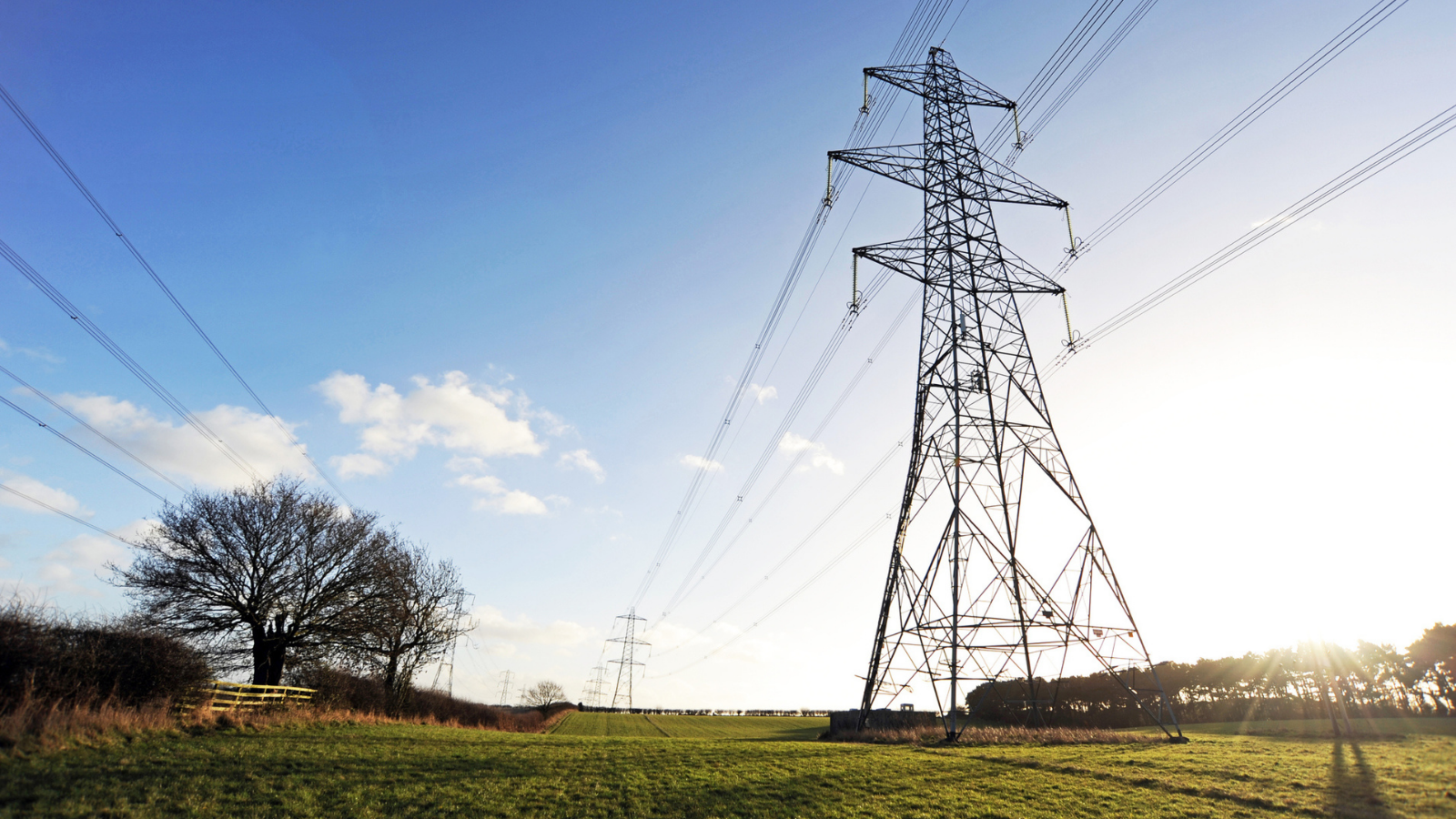
5G infrastructures, launched at the start of 2020 in Galapagar (Madrid). This project has explored the possibility of using electricity pylons as solutions for supporting and communicating with telephone antennas to improve connectivity to surrounding areas, benefiting from fibre optics and continuous electricity supply to these network assets.
Some aspects to highlight in this project are:
- Approving electricity pylons as suitable locations to place telecommunications antennas, including reviewing safety plans and work procedures.
- Demonstrating that the electrical environment of the substation and electricity lines does not electromagnetically affect antennas.
- Fibre optic antenna connectivity to the mobile operator's core.
- Antenna electricity supply using different solutions: more autonomous (solar panels) or through PVT (Power Voltage Transformer) directly connected to the transmission grid.
- The installation of the disconnector provides the ability to isolate the new telecommunications infrastructure from the transmission grid in the event of a problem, ensuring operational continuity of the connected line.
During the course of this project, we worked with different partners and collaborators, such as Ericsson and MÁSMOVIL who participated as supplier and operators of 5G telephony, respectively; Huawei, as supplier of an autonomous solar energy supply solution and integrator of an efficient energy source management system; Arteche, as the industry supplier of PVT; Hispasat, as supplier and operator of a satellite link; MESA and Schneider, who provided the disconnector; Ingeteam, as the supplier of a wireless protection and monitoring solution, and SEMI for the installation and integration of wireless solution across all pilots.
All of these collaborations have successfully demonstrated the technical viability of boosting connectivity through existing electrical infrastructures, to establish a business model to support, communicate, and supply electricity to potential customers and communications operators. Therefore, this project is a strategic initiative on the road towards a more connected and sustainable future.
(Vídeo Available only in Spanish)